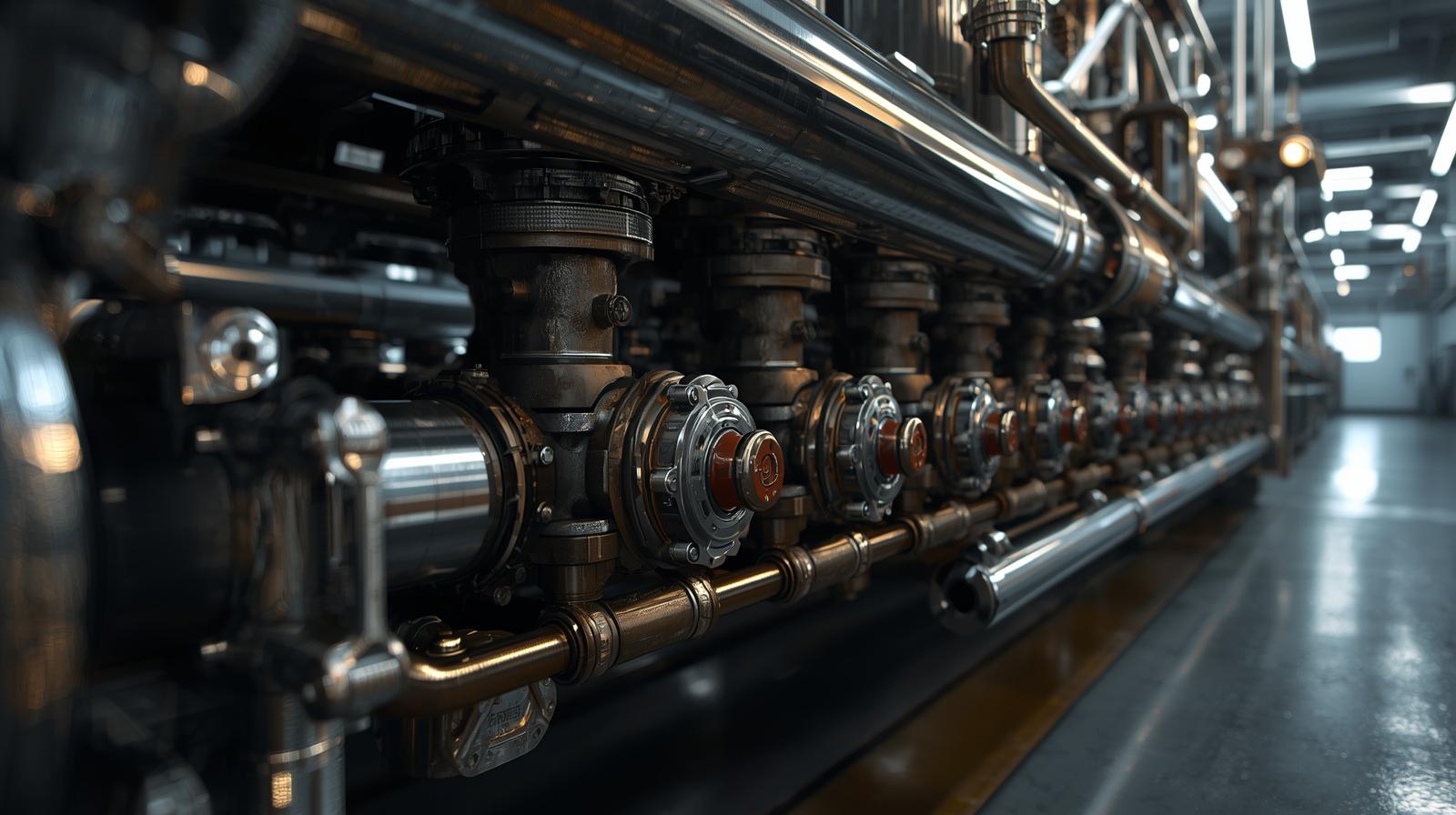The hydraulic equipment market is entering a new era shaped by technological advancements, rising industrial automation, and the increasing need for energy efficiency across industries. Hydraulic systems have long been the backbone of construction, mining, agriculture, aerospace, and manufacturing applications. However, rapid innovations and shifting market dynamics are redefining the landscape, creating new opportunities for growth while transforming traditional practices. As industries move toward smarter, greener, and more automated systems, the hydraulic equipment market is set to witness substantial growth in the coming years.
Download PDF Brochure @ https://www.marketsandmarkets.com/pdfdownloadNew.asp?id=209607944

Growing Demand for Energy Efficiency and Sustainability
One of the most significant drivers of innovation in hydraulic equipment is the increasing emphasis on energy efficiency and sustainability. Traditional hydraulic systems, while powerful, are often criticized for energy loss due to heat generation and leakage. To address these challenges, manufacturers are developing advanced hydraulic pumps, valves, and motors with higher efficiency ratings. Hybrid hydraulic systems that integrate electronics with hydraulics are gaining traction, helping reduce energy consumption while enhancing performance. Furthermore, the global push toward reducing carbon emissions is compelling industries to adopt eco-friendly hydraulic fluids and sustainable designs, which will further accelerate market adoption.
Integration of Smart and Digital Technologies
The digitalization wave across industries is making its mark on hydraulic equipment as well. The integration of sensors, Internet of Things (IoT) devices, and predictive analytics into hydraulic systems is paving the way for smart hydraulics. These intelligent systems provide real-time data on pressure, temperature, flow, and efficiency, enabling predictive maintenance and minimizing downtime. Advanced monitoring capabilities allow operators to detect potential issues before they escalate, reducing operational costs and enhancing safety. The trend toward Industry 4.0 is expected to further accelerate the adoption of connected hydraulic systems, especially in manufacturing and heavy industries.
Rising Applications in Construction and Infrastructure Development
The demand for hydraulic equipment is closely linked with global infrastructure development. As governments and private players invest in large-scale construction projects, the need for high-performance hydraulic machinery is on the rise. Excavators, loaders, cranes, and other construction equipment rely heavily on advanced hydraulic systems for power and precision. With urbanization and smart city projects expanding globally, the construction sector is expected to remain a key growth driver for the hydraulic equipment market. In addition, innovations in compact and energy-efficient hydraulic machinery are making such systems more attractive for small and mid-sized construction companies.
Advancements in Aerospace and Defense Applications
The aerospace and defense industries are emerging as important growth areas for the hydraulic equipment market. Hydraulic systems play a vital role in aircraft operations, including landing gear, braking systems, and flight control. With rising global defense budgets and growing air travel demand, the aerospace sector is investing in next-generation hydraulic systems that are lighter, more reliable, and energy efficient. Innovations in electro-hydraulic actuators and smart hydraulic systems are revolutionizing aerospace applications by enhancing safety, precision, and fuel efficiency. This trend is expected to create significant opportunities for manufacturers in the coming years.
Expansion in Agriculture and Industrial Machinery
The agriculture sector is another promising area where hydraulic equipment is witnessing strong demand. Modern farming increasingly relies on advanced machinery such as tractors, harvesters, and loaders, all of which utilize hydraulic systems for efficient operations. With the global focus on improving agricultural productivity to feed a growing population, demand for reliable and high-performance hydraulic machinery is expected to surge. Similarly, in industrial manufacturing, hydraulics continue to be indispensable in applications such as material handling, metal forming, and robotics. Innovations that improve the precision and energy efficiency of hydraulic equipment are likely to drive growth in these sectors.
Innovations in Electro-Hydraulic Systems
Electro-hydraulic systems represent one of the most exciting innovations shaping the future of the hydraulic equipment market. By combining the strength of hydraulics with the control of electronics, these systems deliver greater accuracy, flexibility, and energy efficiency. Electro-hydraulic systems are increasingly being adopted in industries that require high precision and automation, such as automotive manufacturing and aerospace. Their ability to seamlessly integrate with digital platforms and smart technologies makes them a critical component of future industrial applications. As industries continue to embrace automation and robotics, the demand for electro-hydraulic systems is projected to rise significantly.
Regional Growth Opportunities
Different regions present unique growth opportunities for the hydraulic equipment market. In North America and Europe, the focus is on modernizing existing infrastructure, adopting sustainable practices, and integrating smart technologies. Meanwhile, Asia-Pacific is expected to witness the fastest growth due to rapid industrialization, expanding construction projects, and strong manufacturing activity in countries such as China, India, and Japan. Additionally, increasing investments in renewable energy and green technologies across regions are creating new opportunities for the adoption of innovative hydraulic solutions.
Future Outlook and Market Potential
The hydraulic equipment market is poised for robust growth, driven by the dual forces of innovation and demand from key industries. As companies continue to focus on efficiency, sustainability, and digital integration, hydraulic equipment will undergo a significant transformation. Future innovations are likely to focus on reducing energy losses, enhancing predictive maintenance capabilities, and developing environmentally friendly designs. Industries such as aerospace, construction, agriculture, and manufacturing will remain central to market expansion, while new opportunities will emerge in renewable energy and automation-driven applications.
